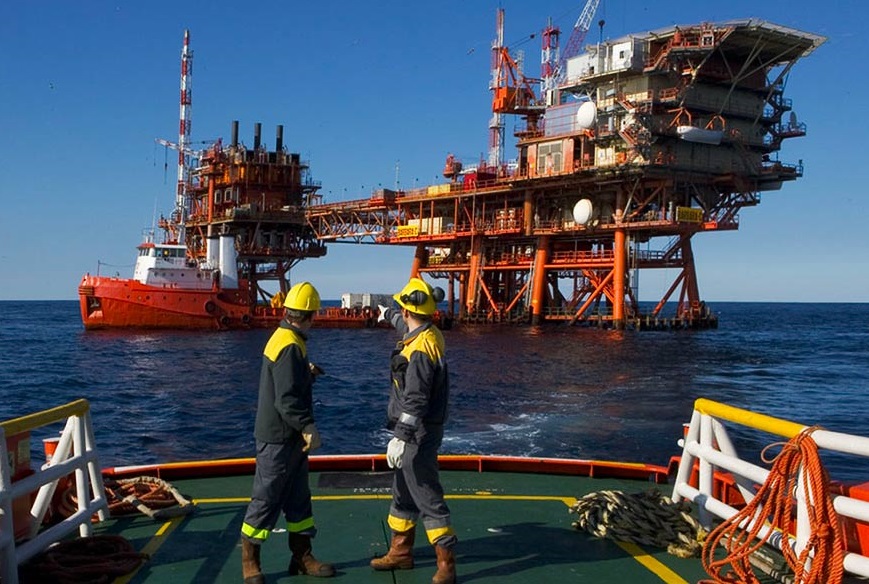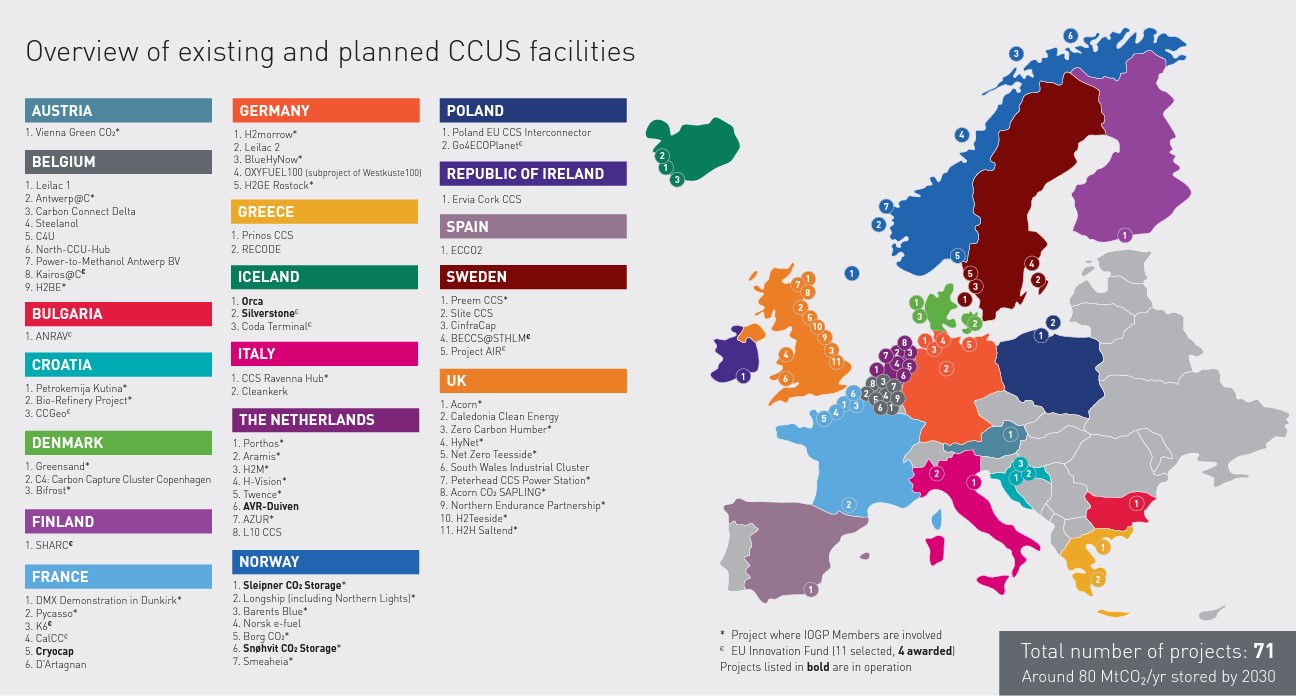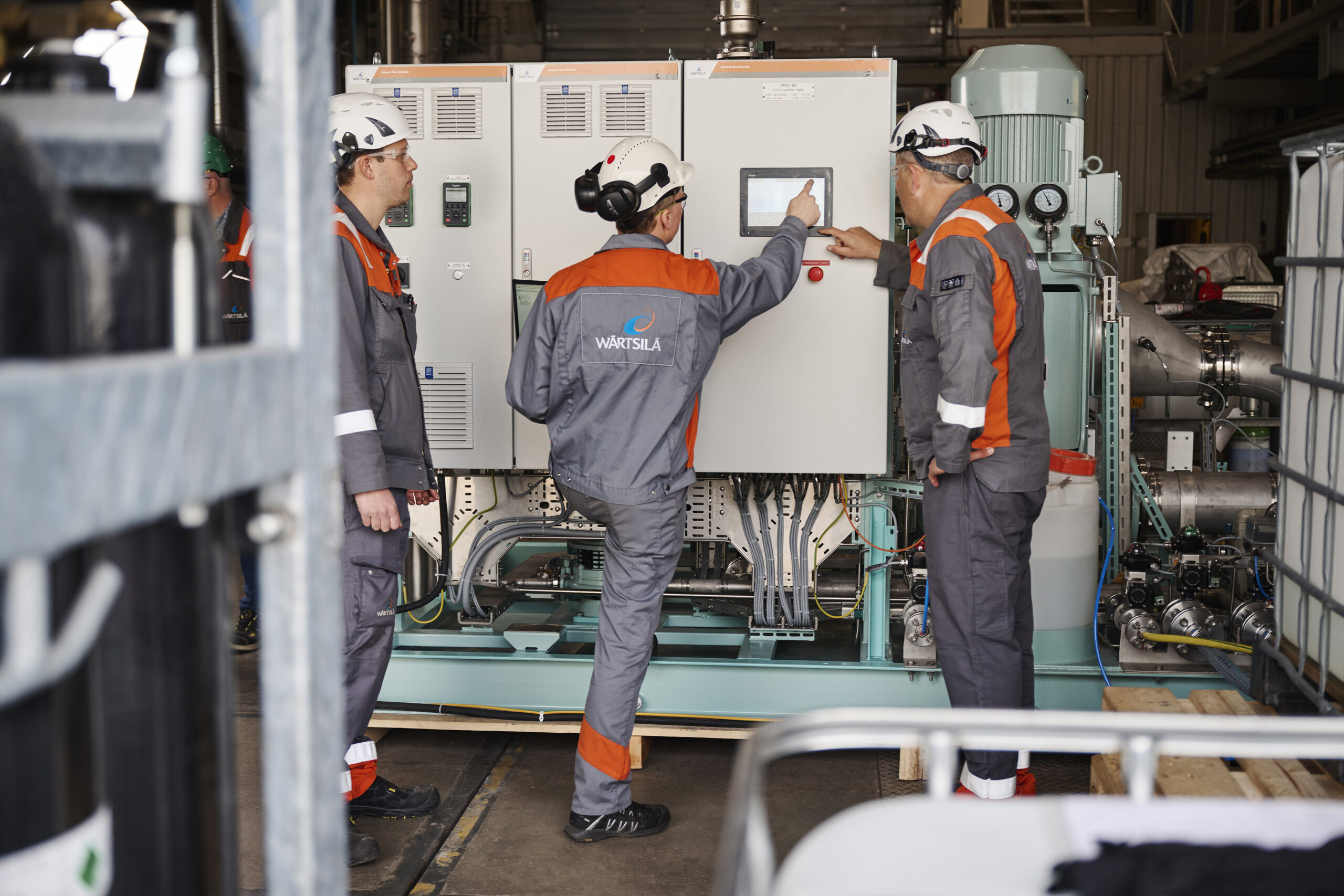Fledgling carbon storage sites and export/import terminals in southern and eastern Europe are vying for favoured status for planning, regulation and funding.
The European Commission has released a list of 18 projects competing to be recognised as key pieces of the emerging CO2 transport and storage. The candidates for Projects of Common Interest (PCIs) account for around 15 export and import terminals, with some emerging developments beyond those already under construction in the North Sea.
To qualify as PCIs projects must strengthen the carbon capture, transport and storage market in at least two EU member states. The chosen projects are granted favourable planning status, regulation and funding opportunities thanks to their potential to accelerate industrial uptake of carbon capture.
New projects in the Mediterranean are a key feature of the new list of candidates. The Pycasso project aims to facilitate transport and storage of captured CO2 from industrial installations in south-western France and northern Spain. A storage site in Lacq will be connected by pipeline to a new purpose-built Bayonne import terminal, which will receive carbon emissions from steel industrial emitters in Northern Spain, shipped from a new terminal in Gijon.
The Bayonne terminal could also receive carbon by ship from other carbon hubs in France, and the project team noted that strong interest has been shown by hubs under development in Saint Nazaire and Fos. The first phase of the project is scheduled to begin operations in 2030.
A more imminent prospect in the region is Project Callisto, which seeks to connect industrial emitters in France and Italy to a new import hub in Ravenna (pictured above), for long-term storage in the Adriatic Sea. As well as pipelines from inland emitters, the hub will be connected to Marseille’s large industrial cluster by ship, through an export terminal in Fos. The project could operate from 2027.
Two PCI candidates focus on the Prinos storage site in Greece. A new phase of development at Prinos will include the development of an offshore import terminal, capable of serving carriers of around 10.000m3. The terminal is expected to become operational by the end of 2027. Under a separate PCI candidate project, around 200,000 tonnes a year of CO2 from a cement plant in Sicily will be transported to Prinos by barge from 2029.
If selected, the projects will join established developments centred around the North Sea and the Norwegian continental shelf. These include a series of projects around the Port of Rotterdam and its close neighbours, as well as the Northern Lights storage project in Norway, which has already ordered CO2 carrier vessels for routes serving industrial emitters in Brevik and Oslo.
PCIs are key enablers of more localised carbon capture projects. The growth in individual projects is highlighted by support issued from the EU Innovation Fund. Under two rounds its has delivered funding to seven projects that include carbon transport by ship. These include the Coda terminal in Iceland, in which Dan-Unity – a CO2 shipping joint venture between Evergas and Ultragas – is a partner.
As an indication of CO2 shipping costs, Dan-Unity projects that carrying CO2 to the Coda Terminal will range from €24-34 per tonne depending on distance, with an optional premium of €6-9 per tonne if shippers wish to use green ship fuel.
The Commission will publish its list of selected PCIs in November, at around the same time as the EU Innovation Fund plans to release the results of its third call for projects.







































